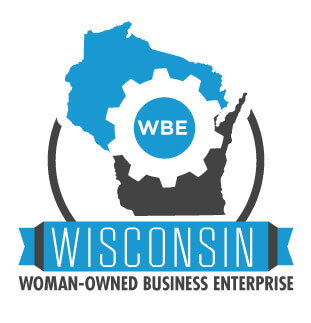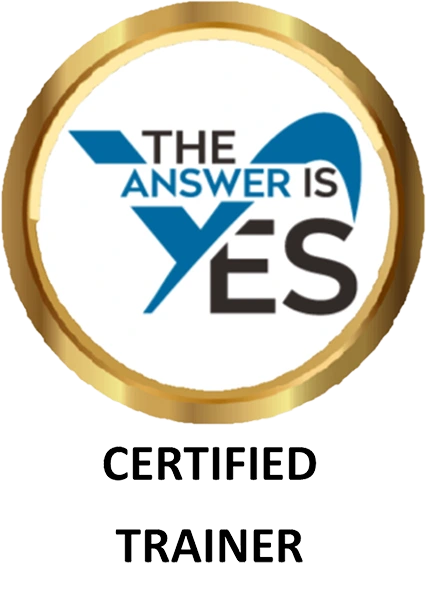When we began this discussion about encouraging SMEs to use participatory learning activities, we said that we had to meet five challenges: to help them: (1) recognize the value of participatory learning activities; (2) become open to the idea of actually using participatory activities; (3) see that participatory activities are not necessarily difficult to design; (4) learn how to select appropriate activities; and (5) become comfortable with facilitating participatory activities.
Last week’s Tip focused on the fourth challenge: to help SMEs learn how to select appropriate activities.
This week’s Tip will address the fifth challenge:
How can we help SMEs become comfortable with facilitating participatory activities?
There are four keys to helping SMEs become comfortable with facilitating participatory activities:
(1) Provide excellent facilitator guides, which will tell them exactly how to facilitate the activities, and (2) Provide as much direction as possible in the participant materials. (3) Provide lots of practice, which will give them experience and build their confidence in their own competence. (4) Provide external supports, such as a clock on the front table.
First, let’s discuss the facilitator guide. In essence, the facilitator guide is the recipe or operating instructions for the activity. Some facilitator guides offer step-by-step instructions and scripts, others are more bare bones- it depends upon the need and comfort level of the SME. However, to some extent, each facilitator guide identifies:
(a) what the SME will need for the activity (participant materials, handouts, audiovisual aids, and equipment); (b) how to set up the activity (room arrangement and participant instructions); (c) how to facilitate the activity (what to say and do, what participant and/or reference materials to use, and how long each step or sub-activity should take); and (d) how to debrief the activity (what to ask the participants and what key points to use in summary).
Second, it helps if most of the participant instructions are already in the directions on the page in the participant materials and worksheets. For example, the directions can tell the participants: (a) how to work (whether individually, in pairs, or in table groups); (b) what to do (such as: read, discuss, and answer questions); (c) what materials to use (such as: which page in their manual); and (d) how long to take for the activity.
If these instructions are already on the page, the SME does not have to keep referring back and forth between the facilitator guide and the actual participant materials. The SME can simply notate additional information on the pages of the SME’s copy of the participant manual.
Third, the SME needs an opportunity to practice. A pilot session can be very helpful, in which the SME gets to run through all activities with a selected group. Not only does the SME get a sense of how it feels to facilitate the activity, the pilot group can also provide useful feedback about the clarity of instructions (both written and verbal), the pacing and effectiveness of the activity, and suggestions to improve the learning experience.
And finally, there are external supports that can be very helpful. This can range from ensuring that there is a small accurate clock on the front table so that the SME can pace activities, to pre-arranging all needed materials in one envelope or box for easy access, to having an agenda map on the wall that reminds the SME about what activity comes next, to literally standing in the wings to offer support, encouragement, and advice where necessary.
I can assure you that, once the SMEs have had one or two opportunities to facilitate participatory activities and see how engaged the participants are and how much they take away from the workshop, the SMEs will be hooked! I’ve seen this occur time and again, with technical trainers in state government, in the energy industry, and even with professors in Croatia! So good luck and please tell us about your own experiences as you help SMEs see the value of participatory activities.
This concludes our five-part discussion of how to encourage subject matter experts (SMEs) to incorporate participatory learning activities into their technical curriculum and to become comfortable facilitating this interaction. Next week, we will begin a discussion about how to create a learning community in a workshop.





